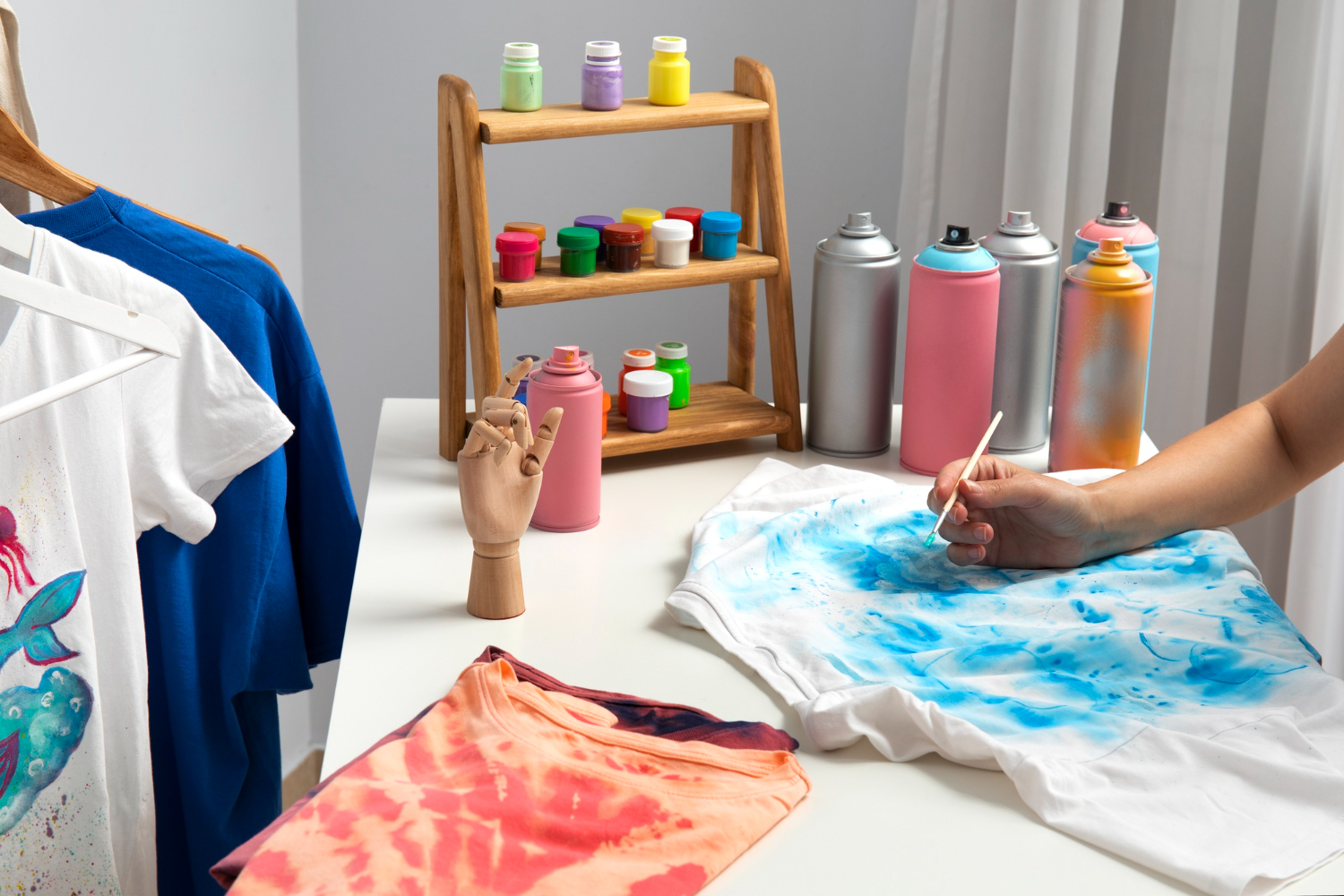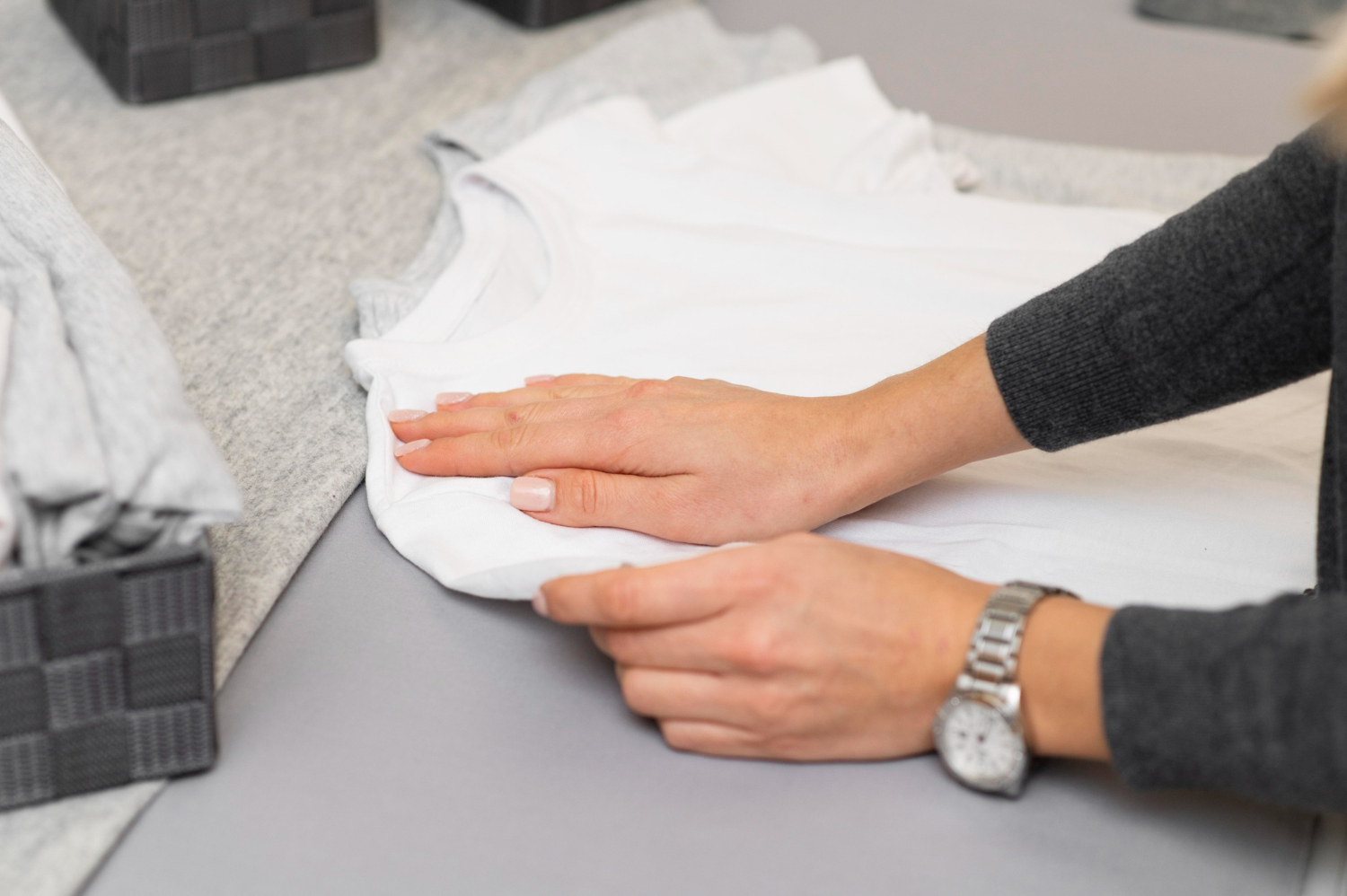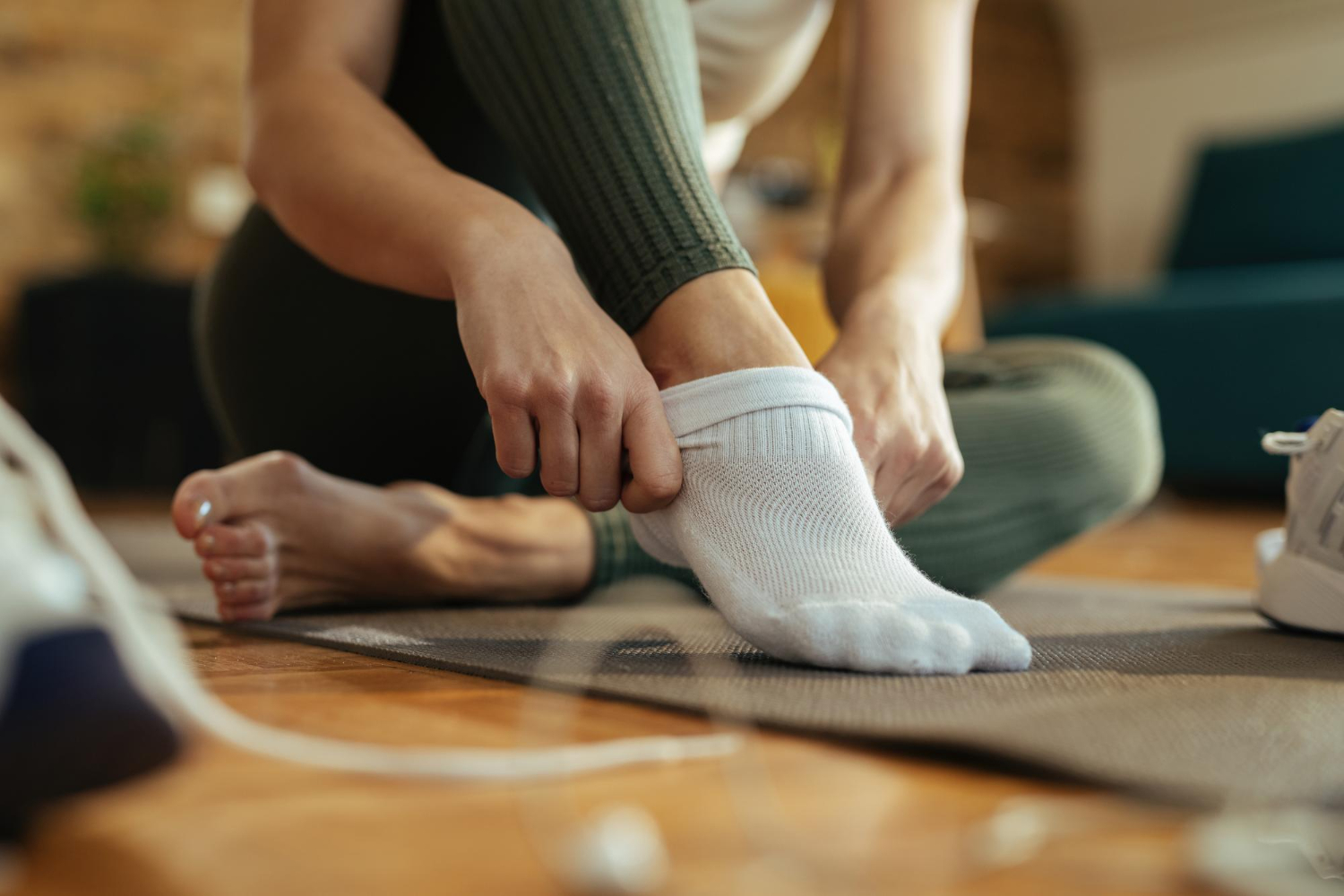How to get oil paint out of clothes? Accidents happen, and if you’ve ever found yourself with a splatter or smudge of oil paint on your favorite clothing, you know how frustrating it can be. But fear not! This article will guide you through the process of removing oil paint stains from your clothes efficiently and effectively. With the right techniques and a little patience, you can rescue your garments from these stubborn stains.
The Basics of Oil Paints
Before we dive into the process of how to get oil paint out of clothes, it’s essential to understand the nature of oil paints. Oil paints consist of pigments suspended in oil, making them notorious for their ability to stick to surfaces, including fabric. When tackling an oil paint stain, remember that acting promptly is key to successful removal.
Understanding the Stain
To effectively remove oil paint from clothing, it’s crucial to have a deep understanding of the stain itself. The age and nature of the stain will significantly influence your approach.
Fresh vs. Dried Stains
- Fresh Stains: When you notice a fresh oil paint stain, act promptly. The longer you wait, the more challenging it will be to remove. Fresh stains are in a more liquid state and haven’t had time to bond firmly with the fabric. Immediate attention is your best course of action.
- Dried Stains: If you discover an old, dried oil paint stain, don’t lose hope. While these stains are more stubborn, they can still be treated. The drying process causes the paint to harden, making it more challenging to break down and remove. However, with the right methods, you can still effectively tackle these stains.
Color and Fabric Considerations
The color of the oil paint and the type of fabric you’re dealing with are additional factors to consider.
- Light vs. Dark Colors: Stains are more noticeable on light-colored clothing, but they can also be trickier to remove due to the potential for discoloration. Darker clothing may hide stains better but can be less forgiving when it comes to fading or discoloration from stain removal efforts.
- Fabric Types: Different fabrics react differently to stain removal methods. Natural fibers like cotton and linen may respond well to DIY techniques. Synthetic materials, such as polyester or nylon, might require a more delicate approach. Always check fabric care labels for guidance.
Stain Location
Where the oil paint has landed on your clothing can also impact your approach to stain removal.
- Central vs. Edge Stains: Stains in the central area of a garment might be more challenging to remove due to their visibility. Edge stains, on the other hand, are often less noticeable and may be more forgiving in terms of removal.
- Layered Stains: Stains that have multiple layers or are deeply embedded in the fabric may take longer to treat. In such cases, you may need to repeat the chosen stain removal method several times.
Immediate Action: Blotting and Scraping
When dealing with oil paint stains, taking immediate action is crucial, especially if the stain is fresh. Here, we’ll delve into the specifics of the initial steps you should take to prevent the oil paint from permanently setting into your clothing.
Blotting Fresh Stains
- Gather Supplies: As soon as you notice the fresh oil paint stain, gather the necessary supplies. You’ll need clean white paper towels, white cotton cloths, or white napkins. Avoid using colored materials as the dye can transfer to your clothing.
- Place an Absorbent Material: Lay a paper towel or cloth under the stained area. This serves two purposes: it prevents the paint from spreading to other parts of the fabric, and it absorbs excess paint.
- Blot Gently: With another paper towel or cloth, gently blot the stain. Press down with light to moderate pressure. The goal is to lift as much of the fresh paint as possible. Avoid rubbing or scrubbing, as this can push the paint further into the fabric.
- Change Materials: If the paper towel or cloth becomes saturated with paint, replace it with a clean one and continue blotting. Continue this process until you no longer see fresh paint transferring onto the absorbent material.
Scraping Dried Stains
- Use a Blunt Tool: Dried oil paint stains require a different approach. Begin by using a blunt tool such as a butter knife, the edge of a plastic card, or a spoon. The tool should be clean and not sharp to avoid damaging the fabric.
- Scrape Carefully: Gently scrape off the excess dried paint. Take your time and be patient. Applying excessive force can lead to fabric damage.
- Work from the Edges: Start scraping from the outer edges of the stain and gradually move toward the center. This method prevents you from pushing the paint deeper into the fabric.
- Frequent Cleanings: While scraping, it’s common for the tool to become caked with paint. Wipe it clean with a paper towel or cloth as needed and continue scraping until you’ve removed as much paint as possible.
Additional Tips
- Location Matters: Consider where the stain is located on the clothing. If the stain is on a delicate or intricate part of the fabric, be extra cautious to avoid damaging it during the blotting or scraping process.
- Be Patient: Whether you’re blotting fresh stains or scraping dried ones, patience is key. Rushing can lead to more paint being pushed into the fabric, making it more challenging to remove later.
- Protect Your Hands: When using chemicals like rubbing alcohol or solvents, consider wearing gloves to protect your skin. Always use these substances in a well-ventilated area to avoid inhaling fumes.
- Keep Supplies Handy: Having blotting and scraping supplies readily available, such as paper towels and a spoon, near your art workspace can help you react swiftly to any accidental spills.
Utilizing Common Household Items
Using Dish Soap and Warm Water
One of the simplest and most effective methods is using dish soap and warm water. Follow these steps:
- Mix a few drops of mild dish soap with warm water to create a soapy solution.
- Gently dab the stained area with a sponge or cloth, working from the outside in. This method helps to break down the oil paint and lift it from the fabric.
- Rinse and repeat until the stain is gone.
Employing Rubbing Alcohol
Rubbing alcohol can be a lifesaver for oil paint stains. Here’s how to use it:
- Dampen a clean cloth with rubbing alcohol, preferably isopropyl alcohol.
- Blot the stain gently, being cautious not to oversaturate the fabric. The alcohol helps dissolve the oil paint.
- Rinse and wash the garment as usual, and you’ll find the stain is significantly reduced or gone.
The Power of Baking Soda and Vinegar
These kitchen staples can also help you conquer oil paint stains:
- Make a paste using baking soda and water and apply it to the stain. Leave it on for 15-30 minutes to allow the baking soda to absorb the oil.
- Scrub the area with a toothbrush. The mild abrasive action of the baking soda can help break up the paint.
- Rinse and repeat if necessary. Alternatively, you can use vinegar to treat the stain. Soak the area, scrub, and rinse. The acidity of vinegar can help loosen the paint.
Commercial Stain Removers
If household remedies don’t do the trick, consider using commercial stain removers. Follow these guidelines:
- Always read and follow the product’s instructions carefully. Different stain removers may have specific usage directions.
- Test a small, hidden area of the fabric first to ensure it won’t cause damage. This precaution can prevent further harm to your clothing.
Treating Stubborn Stains
For particularly stubborn stains, you might need to repeat the above methods or consider seeking professional help from a dry cleaner. Don’t dry the garment until you are sure the stain is entirely gone, as heat can set the stain. Persistence and patience are key when dealing with deeply ingrained oil paint stains.
The Role of Pre-Treatments
Pre-treatments can be a game-changer when it comes on how to get oil paint out of clothes. Here are some pre-treatment options:
- Apply a pre-treatment stain remover or a small amount of dish soap before laundering. Pre-treating the stain allows the cleaning agents to work on the oil paint before washing.
- Allow it to sit for a few minutes before washing, ensuring the stain is thoroughly treated.
How to Get Oil Paint Out of Clothes
Preventive Measures
Prevention is the best cure. When working with oil paints, consider these preventive measures:
- Wear old clothing or an apron to protect your favorite garments. This is a simple but effective way to shield your clothes from accidental splatters.
- Cover your work area with drop cloths or newspapers to minimize the risk of spills. Prevention is always more manageable than stain removal.
Tips and Tricks
Tip 1: Act Quickly
The sooner you address the oil paint stain, the easier it is to remove. Don’t wait, as dried stains are more challenging to deal with.
Tip 2: Avoid Heat
Heat can set oil paint stains. Never put the stained garment in a dryer until you’re sure the stain is completely gone.
Tip 3: Test First
Before using any stain removal method or commercial product, test it on a hidden area of the fabric to ensure it won’t damage or discolor the clothing.
Pros and Cons
Pros of DIY Methods
- Cost-effective: Household remedies like dish soap, baking soda, and vinegar are budget-friendly.
- Environmentally friendly: These methods use common household items and reduce the need for chemical cleaners.
- Easily accessible: You can find most of these items in your kitchen or bathroom.
Cons of DIY Methods
- Not suitable for all stains: Extremely stubborn or old oil paint stains may not respond well to DIY methods.
- Time-consuming: Some DIY methods require patience and multiple attempts.
Pros of Commercial Stain Removers
- Specifically designed: Commercial products are formulated to target specific stains, including oil paint.
- Convenience: These products are readily available and easy to use.
- Effective on tough stains: Commercial stain removers are often successful in removing even the most stubborn oil paint stains.
Cons of Commercial Stain Removers
- Cost: Some commercial products can be more expensive than DIY methods.
- Chemical content: Some stain removers contain strong chemicals, which may not be suitable for all fabrics.
Conclusion
In conclusion, dealing with oil paint stains on your clothing can be a manageable task if you act swiftly and use the right techniques. Whether you opt for household remedies, commercial stain removers, or pre-treatments, the key is patience and persistence. By following these methods, taking preventive measures, and considering the tips and tricks provided, you can keep your wardrobe stain-free and your clothes looking their best.
Venture into More Article: How to Get Fiberglass Out of Clothes



